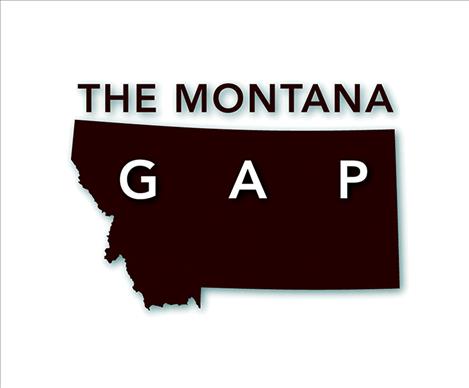Montana newspapers report on mental health
Hey savvy news reader! Thanks for choosing local.
You are now reading
2 of 3 free articles.
In late 2017, Montana legislators voted to substantially cut funding for mental health care, in response to a budget shortfall. Some of the effects on the state’s mental health system were immediate: Mental health centers in Livingston, Libby and elsewhere closed or contracted, leaving many, especially in rural Montana, stranded without care. Other services may be lost or weakened over time.
In the rural U.S., around 60 percent of residents already live in areas with a dearth of mental health professionals. The problem is particularly acute in the vast lands that make up the rural West. Most of Montana is ranked as a mental health shortage area by the Health Resources & Data Administration; in Glendive, Montana, for example, a single psychiatrist offers services on a part time basis. At the same time, Montana has higher-than-average rates of mental illness and suicide.
In the wake of the budget cuts, a group of newsrooms spanning western and central Montana, in collaboration with High Country News and the Solutions Journalism Network, explored how communities are responding to prevent the state’s mental health crisis from worsening. It’s our second project in The Montana Gap initiative, focused on the resilience of rural communities — and on the growing divide between those towns and the state’s growing urban centers.
What we found was a rise in informal treatment options: Rather than replacing the mental health workers whose jobs disappeared, communities are building on-the-ground care networks. In Anaconda, for example, trainers teach residents how to identify a friend or stranger facing potential mental health crisis and how to intervene. In Choteau, extension agents train teens on how to treat their mental health as they would physical health, with simple first aid tactics. Across the state, people who have struggled with addiction or mental health issues can become professional peer supporters.
The idea of mental health support that goes beyond psychiatric help is not new: The communities we live in have always played a role in keeping us healthy and happy. Formal and professional interventions have lived alongside cultural mechanisms that, by design or not, help keep people's mental state on track, from counseling by religious leaders to the familiarity and companionship of book groups or coffee klatches.
But those traditional supports often skirt the underlying problems. People often find it hard to talk about mental illness, and a 1997 study found that the stigma around mental health increases as the size of the community shrinks. Informal care can draw in members of the community who may previously have passed their neighbors, unaware of their struggles or unable to find ways to relate to them effectively.
Still, the shift in rural Montana raises the question: Is this a promising shift in mental healthcare or a sign of a woefully inadequate system that’s kicking its problems down the road? In other words, do these relationship-based interventions serve the purpose just as well, and offer a glimpse of the future of mental health treatment? Or are they a bandage on a bigger structural problem?
Our stories begin to address that question, examining the data on what works and what doesn’t. But that’s just the beginning: We hope this series will help bring the challenge of mental health in Montana out from the shadows — and inform a statewide conversation about what a successful mental healthcare system could look like.
















